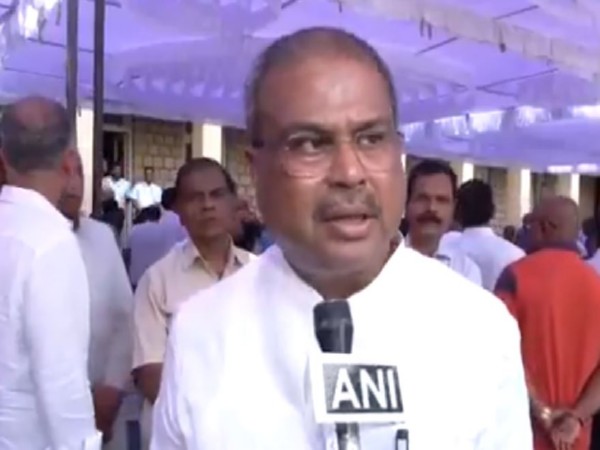Kashmiri boy inspiring youth to learn traditional musical instrument Rabab
Jun 27, 2021

Srinagar (Jammu and Kashmir) [India], June 27 : Adnan Manzoor, the youngest Rabab artist in Jammu and Kashmir has taken the valley's traditional music to a global platform through social media and has become an inspiration for the youth of the valley.
Manzoor was just 15-years-old when he first started playing Rabab, a lute-like instrument, but his fascination for the instrument only increased after he learned guitar.
Today, at 21 years of age, Manzoor is the youngest and the most famous Rabab player in the valley, and his videos on social media have millions of views.
"As an artist, every Kashmiri has to struggle as there are no platforms here. This is why I started using social media as one. I have incorporated the traditional instrument with Bollywood music and even metal music," Manzoor told ANI.
He further added that his cover of Nusrat Fateh Ali Khan's 'Tumhe Dillagi' got over three million views.
He told ANI that Rabab needs to be tuned according to the raag of the song that one wants to play, unlike the guitar. "The instrument is very difficult as compared to guitar," he said.
Talking about the future of the instrument, Manzoor said, "I get emails and messages from people who want to learn Rabab. I wish that the tradition continues and if I am the inspiration for it, I would be delighted to be one. I think it is better for the youth to turn to sports and music instead of drugs."
He further said that he had already performed in Mumbai and Delhi and had other projects lined up, but due to the COVID-19 pandemic, all have been pushed ahead.
The Rabab, as we know it today, is believed to be a new version of the Rabab mentioned in historical texts. Also known as the Kabuli Rabab, the instrument is the national instrument of Afghanistan, from where it made its way into India and was adopted by the people of Kashmir.
It is believed to be the progenitor of other instruments in the subcontinent like the sarod and the sarangi. However, centuries after it was first adopted, only a handful of musicians play the instrument and are finding it difficult to keep the tradition alive.

















